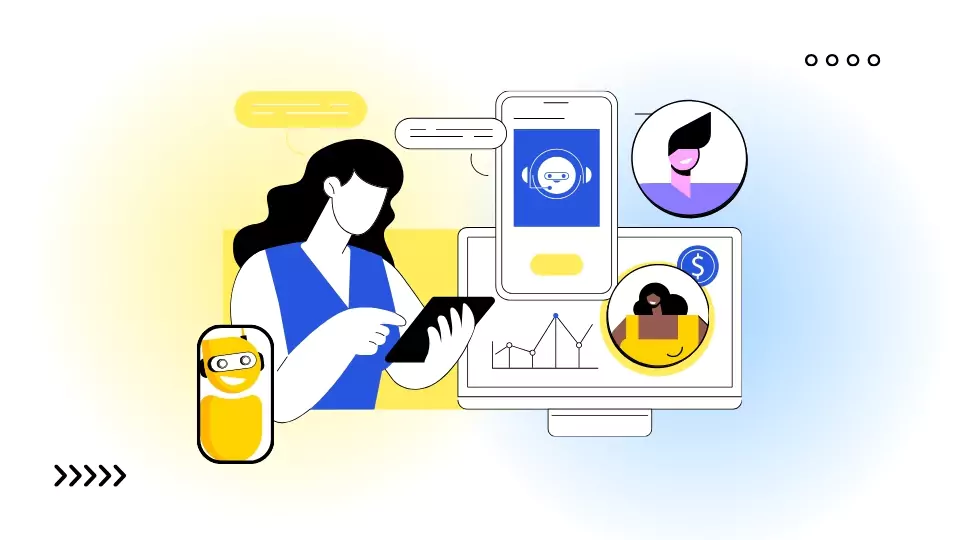
How to create a Chatbot for your Website that answers customer Queries in Real-Time.
How did you feel the last time you waited on a queue for hours without being attended to? It can be really frustrating. Same with the online marketplace. The truth is that no one likes being kept waiting for a long time. In fact, about 79% of customers say they prefer instant responses from a website. If customers don’t get answers quickly, they might leave and never come back. That’s why having a real-time chatbot is super important. It’s like having an all-day/all-week customer service team that never gets tired. Chatbots not only make customers happy by answering questions in seconds, but they also help businesses sell more. Happy customers who feel heard are more likely to stay on your website and make a purchase. Today, we’ll look into why you need to create a chatbot for your website that can answer customer queries in real time, and how you can create one.
Understanding Chatbots – What They Are and How They Work
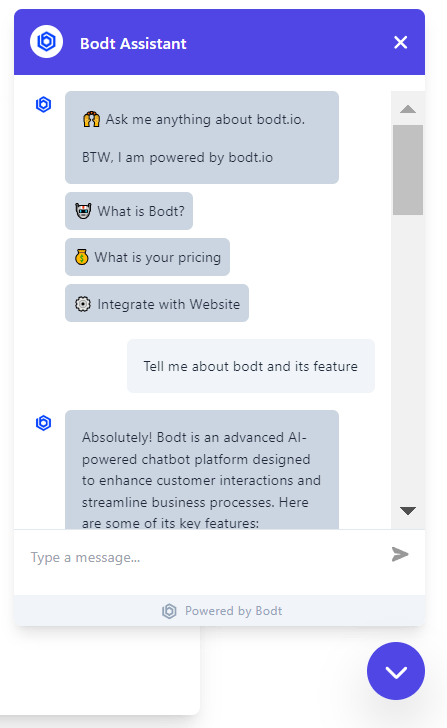
Definition of a Chatbot
Chatbots are a type of software designed to respond to customer questions by mimicking human conversation, usually through text messages or voice commands. When you visit a website and see a chat window pop up, that’s usually a chatbot ready to help. You can type in your question, and the chatbot will respond.
Types of Chatbots
There are two types of chatbots, and they include:
Rule-Based Chatbots
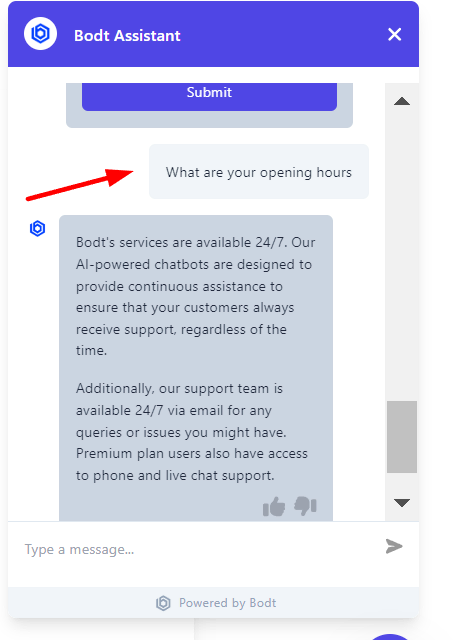
Rule-based chatbots offer users a set of choices to explore. A visitor on a website can click on a category that interests them to receive an answer or information related to their query. These bots are commonly used for basic tasks like answering frequently asked questions. For example, these chatbots can answer questions like, “What are your opening hours?, When do you close?” etc
AI-Powered Chatbots
Now, these chatbots are much smarter. They use artificial intelligence (AI) to learn from conversations. Think of them as robots that are going to school to learn new things. They can understand different ways of asking the same question. So, if you say, “What time of the day do you open?” or “When can I come in?” the AI-powered chatbot can still give you the right answer. It learns and gets better over time, just like you do when you practice a sport or play a game.
Examples of Chatbots in Action
You can find chatbots doing all sorts of things on websites. Here are a few examples:
Customer Service
Many companies use chatbots to help customers with questions. If you visit an online store and wonder about their return policy, you can ask the chatbot, which will quickly answer you.
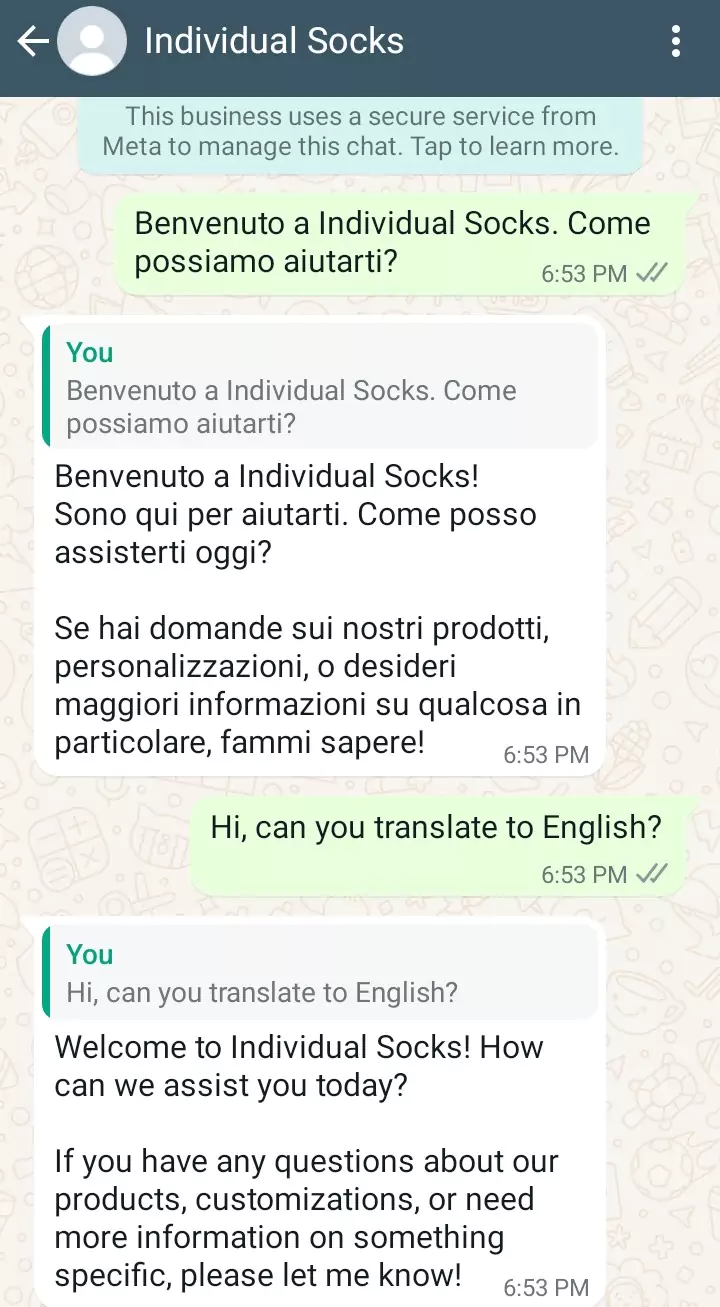
This makes it super easy to get the information you need without waiting for a human to reply.
Sales Inquiries
Chatbots can help when you’re thinking about buying something. If you see a pair of shoes online and want to know if they come in your size, you can ask the chatbot. It can check the store's inventory and tell you if your size is available.
Booking Appointments
Some chatbots help you book appointments. For example, if you want to get your haircut, you can chat with the bot to see when the next available time is. It can even help you schedule your appointment right there.
Benefits of Chatbots for Websites
Now that we know what chatbots are and how they work, let’s look at why they are great for websites.
24/7 Availability
One of the best things about chatbots is that they are always there. They don’t need to take breaks, sleep, or eat. This simply means customers can get help at any time, day or night.
Instant Responses
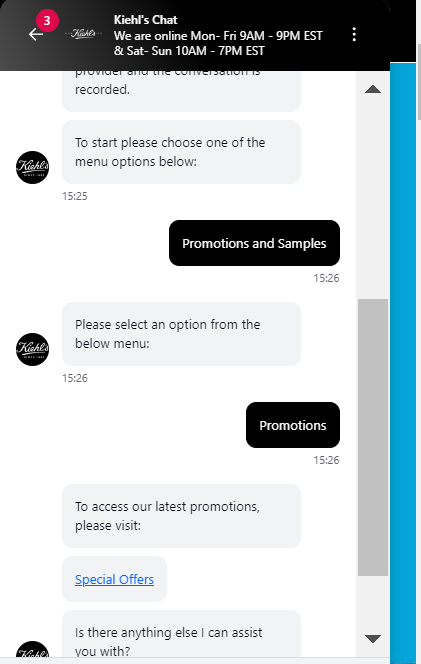
Chatbots can respond to questions in seconds. This is super helpful when someone has a question and wants an answer fast. Customers feel more satisfied and are more likely to stick around when they get quick responses.
Reduced Support Costs
Running a business can be expensive. Hiring lots of customer service agents can cost a lot of money. Chatbots can help lower those costs. By answering common questions, chatbots allow businesses to spend less on customer support.
Key Features of an Effective Chatbot for Real-Time Queries
Creating a chatbot that helps customers is all about having the right features. Let’s explore some key features that make a chatbot effective in answering questions accurately.
Natural Language Processing (NLP)
Natural Language Processing is a technology that helps chatbots understand what people are saying. When you type a question, NLP helps the chatbot figure out what you mean. For example, if you say, “I need help with my order,” the chatbot understands you’re asking about your order and can give you the right information.
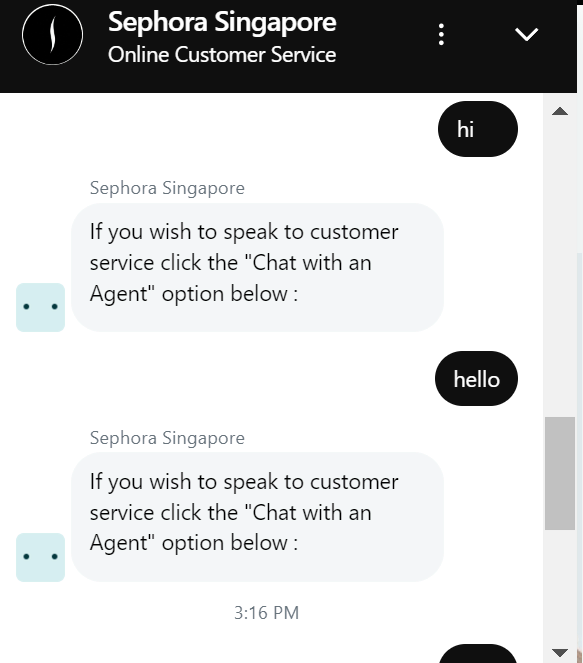
This makes the conversation feel more natural and friendly like you’re talking to a real person.
Machine Learning
Machine learning is another cool feature that helps chatbots get better over time. The more it talks to people, the more it learns from those conversations. For instance, if customers often ask about a specific product, the chatbot notices this and can adapt its responses. So, when a customer asks if he/she can get a refund, the chatbot might know to give detailed information about refunds right away.
Multilingual Support
The world is full of different languages, and a great chatbot should be able to talk to everyone. With this feature, a chatbot can understand and respond in different languages. If someone asks a question in Spanish, the chatbot can answer in Spanish too. This helps businesses connect with more customers and makes everyone feel welcome.
Seamless Integration with CRM
CRM stands for Customer Relationship Management. It’s like a big notebook that keeps track of all the information about customers. When a chatbot syncs with a CRM, it can access customer data easily. This means the chatbot can give personalized responses. For example, if a customer has shopped before, the chatbot can remember their name and past purchases. So, if they ask, “What did I buy last time?” the chatbot can quickly pull that up.
Omnichannel Support
People chat and browse on many platforms, like websites, mobile apps, and social media. An effective chatbot should work across all these platforms. With this feature, customers can start chatting on one platform and continue on another without any problems. If someone begins a conversation on a website but switches to a mobile app, the chatbot should remember everything.
Steps to Create a Real-Time Chatbot for Your Website
Creating a real-time chatbot for your website can be exciting and fun. Here’s a simple guide with steps to help you build a chatbot that answers customer questions and improves their experience.
Step 1: Define Your Objectives
Before you start building, it’s important to know what you want your chatbot to do. Think about the main reasons you want a chatbot on your website. Do you want it to answer frequently asked questions (FAQs), provide product support, or help with lead generation? Defining your objectives will help you create a focused and effective chatbot. For example, if you want it to answer FAQs, you’ll need to gather common questions your customers ask.
Step 2: Choose the Right Platform or Framework
Next, you need to choose the right platform or framework to build your chatbot. There are many options available, like Bodt.io, Dialogflow, Microsoft Bot Framework, among others. Each platform has its features and tools, so it’s important to find one that fits your needs. For example, if you’re looking for something user-friendly, Bodt.io will be a great choice. On the other hand, if you want more control and customization, Microsoft Bot Framework could be the way to go.
Step 3: Design Conversational Flows
In this step, you'll map out how the chatbot will interact with users. Start by sketching out the user journey, considering questions might customers ask, and responses the chatbot should give. For example, if someone wants to track their order, create a flow that guides them through the steps. Having clear flows for FAQs, order tracking, or lead qualification will help the chatbot communicate effectively.
Step 4: Train the Chatbot on Data
Training your chatbot is similar to teaching a puppy new things. You must enter client inquiries and show the bot how to react correctly. Begin by gathering examples of questions that customers may ask. You can input many variations of similar questions, so the chatbot learns to recognize them. This training will help the chatbot provide helpful and accurate answers!
Step 5: Test and Optimize
Before your chatbot goes live, it’s important to test it thoroughly. You can Invite a few friends to interact with the chatbot and give feedback. Ask them if the chatbot answers their questions correctly and if it’s easy to use. Based on their feedback, make improvements to the chatbot’s responses and flows.
Best Practices for Building a Chatbot That Answers Customer Queries
Building a chatbot is only the beginning. To ensure it functions properly and genuinely assists your customers, there are several best practices to keep in mind. They include:
Keep the Conversations Natural
Nobody likes talking to a robot that sounds stiff and unnatural. When building your chatbot, aim for friendly and casual conversations. Use simple words and phrases that people commonly use. For example, instead of saying, “I am unable to assist you with that inquiry,” try, “I can’t help with that right now, but let me get someone who can”
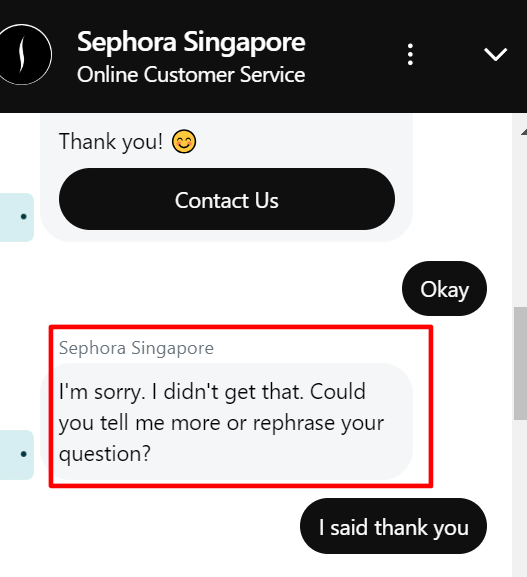
This way, users will feel more comfortable and engaged, just like talking to a friend.
Provide Human Escalation
Sometimes, customers have questions that are too complicated for a chatbot to handle. To make sure they get the help they need, it’s important to allow the bot to transfer these complex queries to human agents. For instance, if a customer asks about a specific product issue that the bot can’t solve, it should say something like, “I’m not sure how to answer that. Let me connect you with one of our support team members”
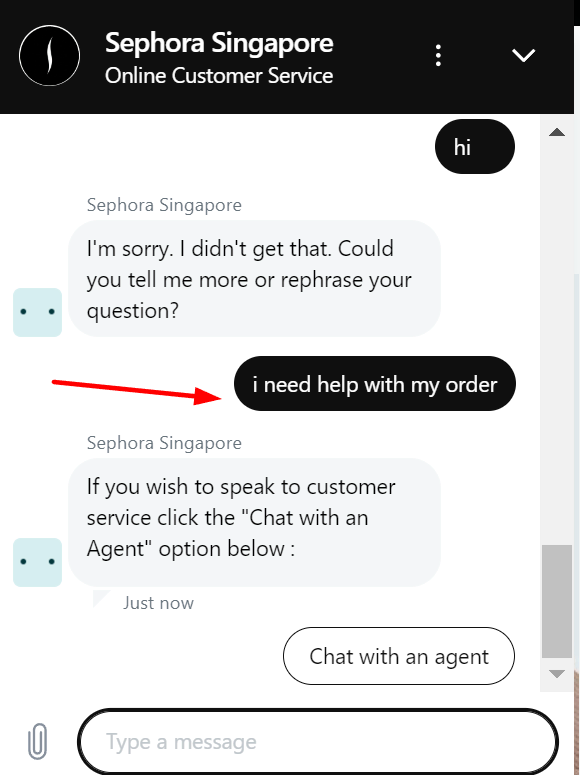
This ensures customers get accurate help without feeling frustrated.
Regularly Update Content
A chatbot needs fresh information to stay useful. Regularly updating its database with relevant answers is key. If you add new products or change your store hours, make sure the chatbot knows about it. You can set reminders to check and update the chatbot’s content regularly. This way, when customers ask questions, they will always receive accurate and current information, making their experience better.
Optimize for Mobile
Nowadays, many people use their phones to access the internet. Your chatbot must perform seamlessly on all devices, particularly mobile. It must be simple to navigate and utilize on smartphones and tablets. So, you'll have to check if the buttons are big enough to tap, if the text is easy to read, and if the conversation flows smoothly.
Monitor and Analyze Performance
To make your chatbot even better, keep an eye on its performance. Use analytics to track how many questions it answers, how quickly it responds, and where it might struggle. This data can help you identify areas for improvement. For example, if you notice many customers are asking the same question and the chatbot isn’t giving a good answer, it could be time to update that response.
Chatbot Integration and Customization for Your Website
Integrating and customizing your chatbot is very important to make it work perfectly on your website. Let’s break down how you can do this in simple steps:
Overview of Integration Options
First, you have a few options for integrating your chatbot. One of the easiest ways is to embed a chatbot widget. This means you can simply add a small piece of code to your website, and the chatbot will pop up like a friendly helper, ready to chat with your visitors. This method is quick and requires no special tech skills. Another option is API integration. This is a bit more advanced. With an API, your chatbot can talk to other systems, like your customer database or inventory. However, you might need some tech help to set this up. If you're using a website builder like WordPress or Wix, you can use CMS integration. These platforms often have plugins or add-ons that make it super easy to add a chatbot.
Customization Possibilities
Now, let’s talk about customization. Making your chatbot fit your brand is quite necessary. You can add your company’s logo so users know who they are talking to, and choose colors that match your brand’s look. Also, you can adjust the chatbot’s tone. If your brand is fun and casual, let the chatbot use friendly language. If it’s more formal, the chatbot should speak professionally.
Case Study: Successful Chatbot Integration
To see how this all works, let’s look at a success story. Individual Socks added a chatbot powered by bodt.io to their website to help customers find products and answer questions.
After they embedded the chatbot widget and made it fit their brand, they noticed a 30% increase in customer happiness and a 20% boost in sales within just a month. This shows that with the right integration and customization, a chatbot can make a big difference for your business.
Common Mistakes to Avoid When Creating a Chatbot
Creating a chatbot can be exciting, but there are some common mistakes you want to avoid. They include:
Avoiding Overly Complex Workflows
One major mistake is making the chatbot too complicated. If the chatbot’s responses are hard to understand or have too many choices, users might get confused and leave. So, it’s best to keep conversations simple. For example, if someone asks about your store hours, the bot should quickly give a clear answer, like “We’re open from 9 AM to 9 PM every day”.
Ensuring the Chatbot Doesn’t Come Across as Spammy or Intrusive
Another mistake is making the chatbot seem annoying. If it sends too many messages or interrupts users all the time, people might feel overwhelmed. To avoid this, let users control the conversation. If they have a question, they should feel free to ask without feeling bombarded by replies.
Balancing Automation with Human Interaction
While automation is fantastic, it’s important to know when to bring in a human. If a customer has a tricky question, the chatbot should be able to pass it to a human agent. For example, if someone asks about a complicated refund process, the chatbot could say, “Let me get a human to help you with that” This balance between automation and human support makes sure customers receive the best help possible.
Chatbots and Real-Time Customer Service
Chatbots are changing the way we handle real-time customer service, and there are some exciting trends to know about. They are:
Emerging Trends
One of the coolest trends is AI-driven personalization. Today’s chatbots can learn from user behavior. For instance, if someone often asks about a specific product, the chatbot can remember that and suggest similar items in future chats. This makes the interaction feel more customized and special. Another interesting trend is the rise of voice chatbots. More chatbots are now able to understand voice commands. This means customers can ask questions just by speaking, making it super convenient.
There’s also something called predictive response. Advanced chatbots can guess what a customer might ask next based on their current questions. For example, if a customer is asking about delivery options, the bot might proactively offer to track their order. This helps improve customer satisfaction by providing answers before they even need to ask.
The Role of AI in Transforming Customer Support Experiences
AI is the backbone of these exciting trends. With tools like machine learning and natural language processing, AI-powered chatbots can learn from each conversation. They get smarter and more accurate over time, which means customers receive faster and better responses.
This transformation means that customers can get help quickly, even late at night. It also helps businesses provide support without needing a huge team of agents. With the right chatbot, you can ensure that your customers feel valued and supported, no matter when they reach out.
Conclusion
Having a chatbot on your website is like having a friendly assistant available all day and night. It answers questions, guides customers, and makes their experience so much easier. When you want to start creating your chatbot, you must consider if it answers frequently asked questions, assists with product support, or helps gather leads. Also, pick a platform that suits your needs. For starters, bodt.io has the perfect chatbot that will help you increase your conversion rate and also boost sales. So, why not book a demo with us today? You'll be glad you did.
FAQS
Which AI approach can answer customer queries in real time?
Answer: The most common AI approach for answering customer queries in real time is Natural Language Processing (NLP) combined with Machine Learning (ML). These technologies allow chatbots to understand and respond to user questions dynamically and accurately, learning from past interactions to improve over time.
What do most chatbots use to answer user queries?
Answer: Most chatbots use a combination of pre-defined rule-based responses and AI-powered Natural Language Processing (NLP). Rule-based bots follow set scripts, while AI chatbots analyze the user’s intent and provide more personalized, relevant answers based on their input.
What is a website chatbot?
Answer: A website chatbot is a software application embedded into a website that interacts with visitors in real time. It can answer customer queries, provide product recommendations, handle customer support issues, and guide users through their purchasing journey.
Which chatbot is best for a website?
Answer: The best chatbot for a website depends on specific needs. For small businesses, platforms like Bodt.io or Tidio offer easy-to-use, AI-powered solutions. For more complex requirements, Dialogflow or Microsoft Bot Framework are powerful options that allow for advanced customization and real-time query handling.
What is AI chatbot customer service?
Answer: AI chatbot customer service is the use of AI-driven chatbots to assist customers by answering their queries, resolving issues, and providing information, all in real time. These chatbots use technologies like NLP and Machine Learning to simulate human-like interactions and improve the overall customer experience.
